
Carlos Gardel was a French-born Argentine singer, songwriter, composer and actor, and the most prominent figure in the history of tango. He was one of the most influential interpreters of world popular music in the first half of the 20th century. Gardel is the most famous popular tango singer of all time and is recognized throughout the world. Described variously as a baritone or tenor because of his wide vocal range, he was known for his rich voice and dramatic phrasing. Together with lyricist and long-time collaborator Alfredo Le Pera, Gardel wrote several classic tangos.

The La Chacarita Cemetery is a cemetery located in the Chacarita neighborhood in Buenos Aires, Argentina. Occupying an area of 95 hectare, it is the largest in the country.

Juan Manuel Puig Delledonne, commonly called Manuel Puig, was an Argentine author. Among his best-known novels are La traición de Rita Hayworth, Boquitas pintadas, and El beso de la mujer araña which was adapted into the film released in 1985, directed by the Argentine-Brazilian director Héctor Babenco; and a Broadway musical in 1993.

Argentine tango is a musical genre and accompanying social dance originating at the end of the 19th century in the suburbs of Buenos Aires. It typically has a 2
4 or 4
4 rhythmic time signature, and two or three parts repeating in patterns such as ABAB or ABCAC. Its lyrics are marked by nostalgia, sadness, and laments for lost love. The typical orchestra has several melodic instruments and is given a distinctive air by the bandoneon. It has continued to grow in popularity and spread internationally, adding modern elements without replacing the older ones. Among its leading figures are the singer and songwriter Carlos Gardel and composers/performers Francisco Canaro, Juan D'Arienzo, Carlos Di Sarli, Osvaldo Pugliese, Elvira Santamaría, and Ástor Piazzolla.

Mecha Ortiz was a classic Argentine actress who appeared in films between 1937 and 1981, during the Golden Age of Argentine Cinema. At the 1944 Argentine Film Critics Association Awards, Ortiz won the Silver Condor Award for Best Actress for her performance in Safo, historia de una pasión (1943), and won it again in 1946 for her performance in El canto del cisne (1945). She was known as the Argentine Greta Garbo and for playing mysterious characters, who suffered by past misfortunes in love, mental disorders, or forbidden love. Safo, historia de una pasión was the first erotic Argentine film, though there was no nudity. She also played in the first film in which a woman struck a man and the first film with a lesbian romance. In 1981, she was awarded the Grand Prize for actresses from the National Endowment for the Arts.
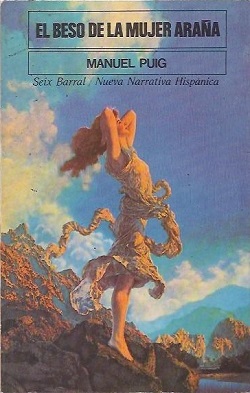
Kiss of the Spider Woman is a 1976 novel by Argentine writer Manuel Puig. It depicts the daily conversations between two cellmates in an Argentine prison, Molina and Valentín, and the intimate bond they form in the process. It is generally considered Puig's most successful work.

Cándida is a 1939 Argentine musical film drama directed by Luis Bayon Herrera. The tango film premiered in Buenos Aires, and starred Juan Carlos Thorry.
Heartbreak Tango is a 1974 Argentine drama film, directed by Leopoldo Torre Nilsson.
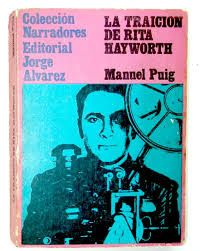
Betrayed by Rita Hayworth is a 1968 novel by the Argentine novelist Manuel Puig. It was Puig's first novel.

Raúl Lavié nickname El Negro, is an Argentine entertainer prominent in the Tango genre.
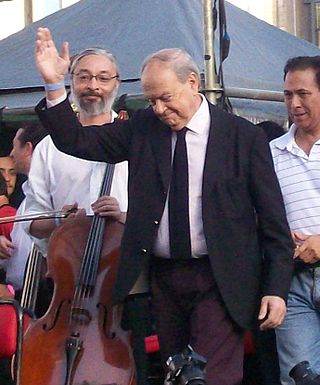
Atilio Stampone was an Argentine pianist, composer, and arranger prominent in the Tango genre.
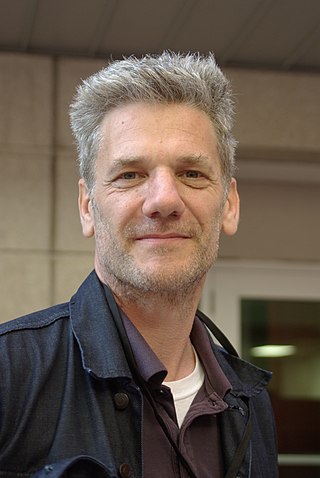
Alan Pauls is an Argentine writer, literary critic and screenwriter.
Story of a Poor Young Man is a 1942 Argentine historical drama film directed by Luis Bayón Herrera and starring Hugo del Carril, Santiago Gómez Cou and Nélida Bilbao. It is based on the 1858 French novel of the same title by Octave Feuillet, which was later adapted again in 1968. The film's sets were designed by Juan Manuel Concado. It was released during what is considered to be the Golden Age of Argentine Cinema.

Ben Molar was an Argentine author, composer, musical producer, and talent scout. He created the National Day of the Tango, held annually on 11 December, placed bronze plaques on all 40 corners of Calle Corrientes and produced an interdisciplinary artistic project that combined art, poetry, and music to promote Argentine tango.
Suzanne Jill Levine is an American writer, poet, literary translator and scholar.
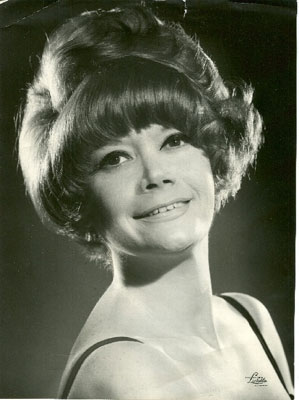
María Eugenia Luna, also known as Jovita Luna, was an Argentine singer and actress.

Maria del Carmen Rodriguez de Rivarola, better known by her artistic name Maria Rivarola is an outstanding professional dancer, social dancer, and choreographer of the Argentine Tango. She is known for performing a specific style of Argentine Tango known as Milonguero Tango. She is also known worldwide for being a cast member of the show Tango Argentino, released in 1983, which resulted in her nomination, along with the rest of the dancers, for the Tony Award in 1986 for Best Choreography. Since her youth, Carlos Rivarola has been her dance partner. Together, they present themselves artistically as Maria and Carlos Rivarola. Maria was one of the founders of the Association of Teachers, Dancers, and Choreographers of the Argentine Tango (ATDCAT) in 2001.
LGBT in Argentina refers to the diversity of practices, militancies and cultural assessments on sexual diversity that were historically deployed in the territory that is currently the Argentine Republic. It is particularly difficult to find information on the incidence of homosexuality in societies from Hispanic America as a result of the anti-homosexual taboo derived from Christian morality, so most of the historical sources of its existence are found in acts of repression and punishment. One of the main conflicts encountered by LGBT history researchers is the use of modern concepts that were non-existent to people from the past, such as "homosexual", "transgender" and "travesti", falling into an anachronism. Non-heterosexuality was historically characterized as a public enemy: when power was exercised by the Catholic Church, it was regarded as a sin; during the late 19th and early 20th centuries, when it was in the hands of positivist thought, it was viewed as a disease; and later, with the advent of civil society, it became a crime.
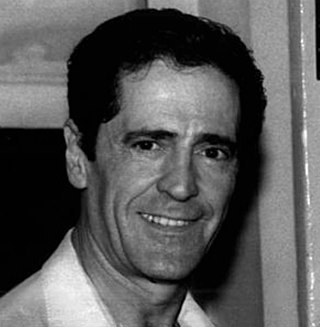
Nelson Avila is an Argentine born dancer, choreographer, and instructor. He is widely recognized for his expertise and knowledge of all types of Argentine dance, including Argentine folk dances and Argentine tango. He was part of the original cast of Tango Argentino, and together with his partner Nélida, was one of only three couples to perform solo in the original production. Tango Argentino is viewed by many as the catalyst that began the 1985 revival of Argentine tango in Europe, North America and then spread throughout the world. As an original member of the cast, Nelson Avila was an integral part of that Tango Argentino revival. He has always been noted for his quick feet and athletic ability on the dance stage. Nelson is a member of Academia Nacional del Tango de la República Argentina and is recognized as an authority of tango dance, history, music, musicians and its many styles and interpretations.

Tango Argentino is a musical stage production about the history and many varieties of Argentine tango. It was created and directed by Hector Orezzoli and Claudio Segovia, and premiered at the Festival d'Automne in Paris in 1983 and on Broadway in New York in 1985. The Mel Howard production became a world-wide success with numerous tours culminating with a Broadway revival in 1999–2000. It set off a world-wide resurgence of tango, both as a social dance and as a musical genre. Tango Argentino recreates on stage the history of tango from its beginnings in 19th-century Buenos Aires through the tango's golden age of the 1940s and 50s up to Piazzolla's tangos. Most of the dancers in the show did their own choreography.















